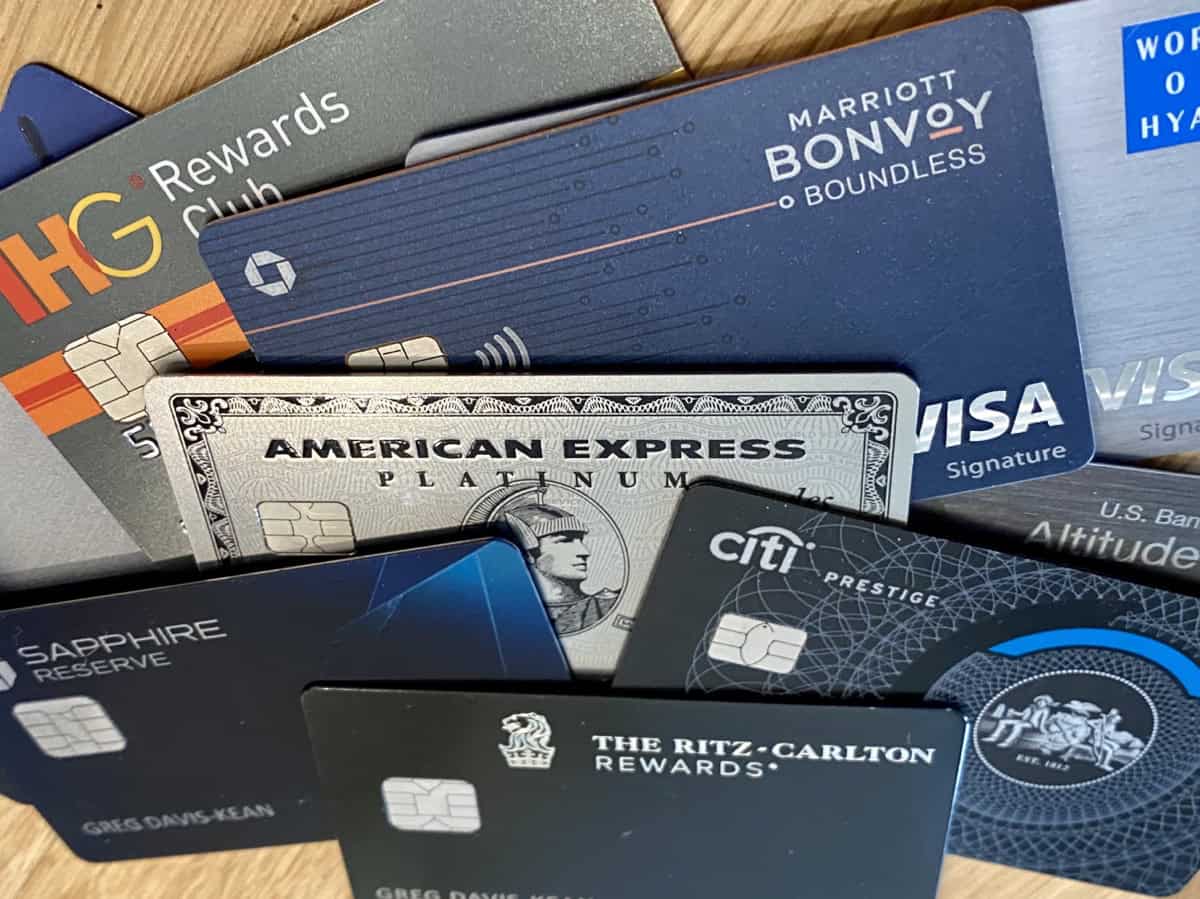American consumers have high levels of satisfaction with buy now, pay later options, according to the inaugural edition of a J.D. Power study examining this trend. But what’s most surprising is that the top three providers in the study don’t include any of the firms that specialize in BNPL financing.
The leading offering at 695 on a 1,000-point scale is Plan It from American Express, which permits consumers to turn Amex credit card charges into fee-based installment plans. Plan It started in 2017. The average for all programs rated in the J.D. Power study was 634.
My Chase Plan, from JPMorgan Chase, also begins with a card transaction, as does Citi Flex Pay. The Chase program received a 686 rating, while Citi’s offering received a 676. Behind those offerings from traditional players came PayPal Pay in 4, earning a 656, and finally, specialist Zip at 655.
Apple Pay Later, part of the Apple financial “walled garden” centered around its iPhone, scored 643, 52 points below American Express. The tech giant’s BNPL offering debuted in March 2023 and became generally available to Apple Pay customers later in the year.
Apple’s offering came in above the study average, but Klarna, Sezzle, Afterpay and Affirm scored below that mark. Affirm, which has spoken of ambitions for becoming a major factor in consumer payments beyond BNPL, came in last, at 618 points — 77 points behind Amex. The range between the study’s high and lower scorer reflects the typical pattern in J.D. Power satisfaction studies. (An initial round of the study done in 2023 was performed for development but not published.)
How Did Amex and Two Banks Lead the Field?
In a recent Forbes blog Ron Shevlin, chief research officer at Cornerstone Advisors, urged banks to “get on the buy now, pay later bandwagon.”
“It’s time for banks — and all BNPL detractors — to get with the program,” said Shevlin, noting how usage of BNPL has skyrocketed, especially at holiday times.
A key reason for the appeal of BNPL programs to consumers, especially the younger demographic groups that favor it, is the contained, structured nature of the plans, versus the revolving debt structure of credit cards, according to Erin McCune, expert partner in payments at Bain & Co.
How, then, did three traditional providers beat out specialized BNPL providers on the customer service front? The answer points suggests that more traditional institutions could make further inroads on BNPL volume.
Bottom line: There’s more to BNPL success than product innovation and buzz — something the study seems designed to draw out.
J.D. Power researchers asked consumers who have used buy now, pay later in some form to rank the offerings on six criteria, according to Miles Tullo, managing director of banking and payments. The six metrics have differing weightings, which the firm treats as proprietary. The metrics included:
- Quality of customer support if the consumer has an issue.
- Acceptance — being able to make purchases where and when the consumer wants or needs to do so.
- Perks for making purchases — rewards points, cashback and other incentives.
- Reasonableness of terms — how consumers feel about repayment plan structure and details such as fees and interest.
- Ability and convenience to review and manage the buy now, pay later relationship digitally.
- Security of the consumer’s account information.
Given this mix of criteria, Tullo says it shouldn’t be surprising that American Express came out on top. “American Express has had a long head start on customer service,” for example, he says. This includes deep expertise through both digital and staffed customer service channels.
All three leaders have massive technology budgets overlaying extensive infrastructure originally built to support their card programs, which have been around for decades, Tullo adds in an interview with The Financial Brand.

